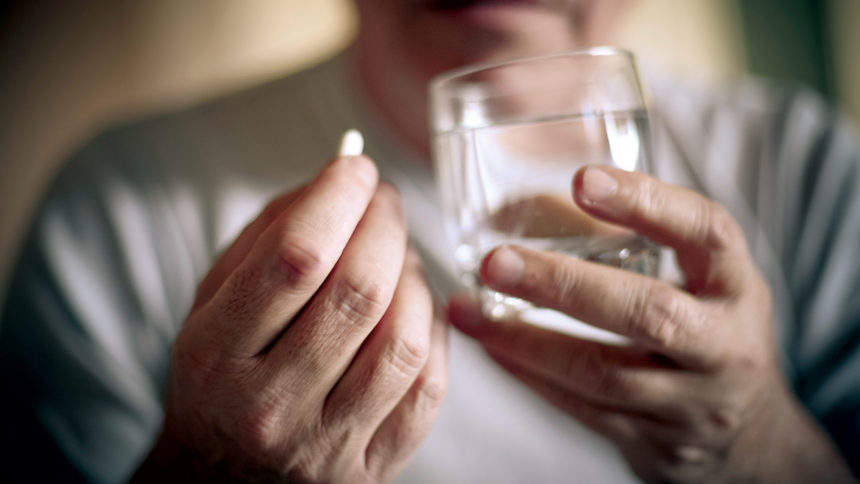
Medication and blood sugar monitoring are a daily way of life for diabetics, but more than 20% of adult patients in the U.S. are likely treated too heavily. It’s a problem that leads to thousands of possibly preventable emergency department visits and hospitalizations for low blood sugar, according to new findings from the Mayo Clinic.
Researchers aimed to identify the real-world impact of intensive glucose-lowering therapy by reviewing diabetics who were included in the National Health Examination Survey between 2011 and 2014. They found many patients received more medication than was warranted for their hemoglobin A1C level, which contributed to 4,804 trips to the emergency department and 4,774 hospitalizations over a two-year period. Lead researcher Rozalina McCoy, M.D., an endocrinologist and primary care physician at the Mayo Clinic, warned that the actual numbers could be quite higher.
Glucose-lowering medications are warranted for persistent elevation in blood glucose levels increases the risk of cardiovascular, eye and kidney disease, and neuropathy. But McCoy cautions that treatment plans to lower blood glucose must be evidence-based and individualized. Intensive glucose-lowering therapy is especially discouraged for vulnerable, clinically complex adults (those who are at least age 75 or with two or more activities of daily living limitations, end-stage renal disease, or three or more chronic conditions).
“It is important not only to ensure that we do not undertreat our patients with diabetes, but also that we do not over treat them,” she said.
Full findings appear in Mayo Clinic Proceedings.




